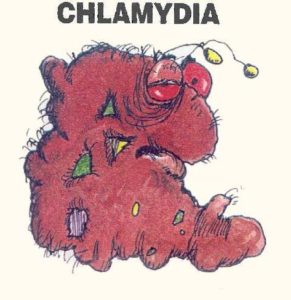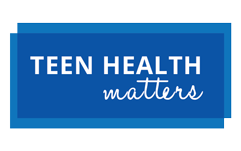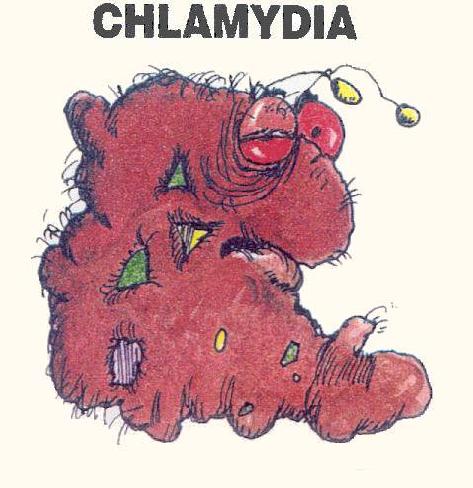 It’s STI Awareness Month! This month we are putting the spotlight on one of the most common STIs –CHLAMYDIA .
It’s STI Awareness Month! This month we are putting the spotlight on one of the most common STIs –CHLAMYDIA .
What is it?
Chlamydia is a common, curable sexually transmitted infection (STI). It is caused by a bacteria. Most cases of chlamydia are among young people, under age 29. In 2016, chlamydia rates among all age groups were the highest they have ever been in the past 10 years. In Howard County, chlamydia rates increased more than 300% from 62 (1996) to 271 (2016).
In this same year, youth ages 15-19 only represented 6% of the Howard County population, but were disproportionately affected by STIs. In fact, 29% of youth ages 15-19 had chlamydia. Females were also disproportionately affected by STIs with 8 out of 10 females reported with chlamydia.
How do you get it?
You can get chlamydia by having oral, vaginal, or anal sex with someone who has chlamydia. Chlamydia lives in the tissues that line the openings of the body and can be passed when these tissues touch, like during any type of sex. You can get chlamydia in the penis, vagina, cervix, anus, and urethra. It is not common but it is possible to get chlamydia in the eyes and throat. It is also possible for a woman to give chlamydia to her baby during childbirth. Because of this, it is common practice for a pregnant woman to get tested for chlamydia during pregnancy.
How can you prevent it?
The best way to prevent chlamydia is abstinence. Since it is spread through sex, choosing not to have sex means you won’t be exposed to chlamydia. If you choose to have sex, using a condom will help prevent chlamydia. Find free condoms! Getting tested and having your partner get tested is also a good way to prevent chlamydia.
Does it have any symptoms?
Most people who have chlamydia do not have any symptoms. The only way to know for sure if someone has chlamydia is to get tested. Even if you do not have any symptoms, chlamydia can still cause long-term health consequences. If someone does have symptoms, they might have abnormal discharge or a burning sensation when they pee. If you have any of these symptoms or if something ever seems different about your genitals, it is important to visit a clinic near you.

How do you test for it?
A doctor or health care provider will give you a simple urine test to test for chlamydia. Sometimes a swab of the vagina, cervix, urethra, or rectum will be used in a chlamydia test.
Can you get rid of it?
Chlamydia is curable with a simple antibiotic. If you test positive for chlamydia, you can also ask your doctor or health care provider to give you medication to give to people you have been sexually active with and may also have chlamydia, but aren’t likely to get to a health center to get treatment for themselves. You should not have sex for seven days after you start treatment to be sure you are able to fully cure the virus. You may be asked to come back for another chlamydia test to be sure the medication worked and the virus has been cured. Even if you have taken the medication and cured the chlamydia, it is possible to get it again either from the same partner or from another partner in the future.
What is the worst that could happen?
Even though chlamydia sometimes does not have symptoms, it is possible that if it isn’t treated, it can lead to infertility, or not being able to have children. It can also cause pelvic inflammatory disease in women which can lead to pelvic pain and long-term damage to your reproductive organs. People who have chlamydia and other STIs are also more at risk for getting HIV/AIDs.
Think you have it? Here’s what you can do now!
Find a clinic near you for free, confidential, and non-judgmental STD testing!
Visit the Howard County Health Department for free and confidential STI/HIV testing and services, or call 410-313-7500 for more information. Confidential & free STI testing is available for anyone under 21 years old, Monday through Friday by appointment. Anonymous, confidential and free HIV/AIDS testing is available every Friday by appointment or by walk in.

